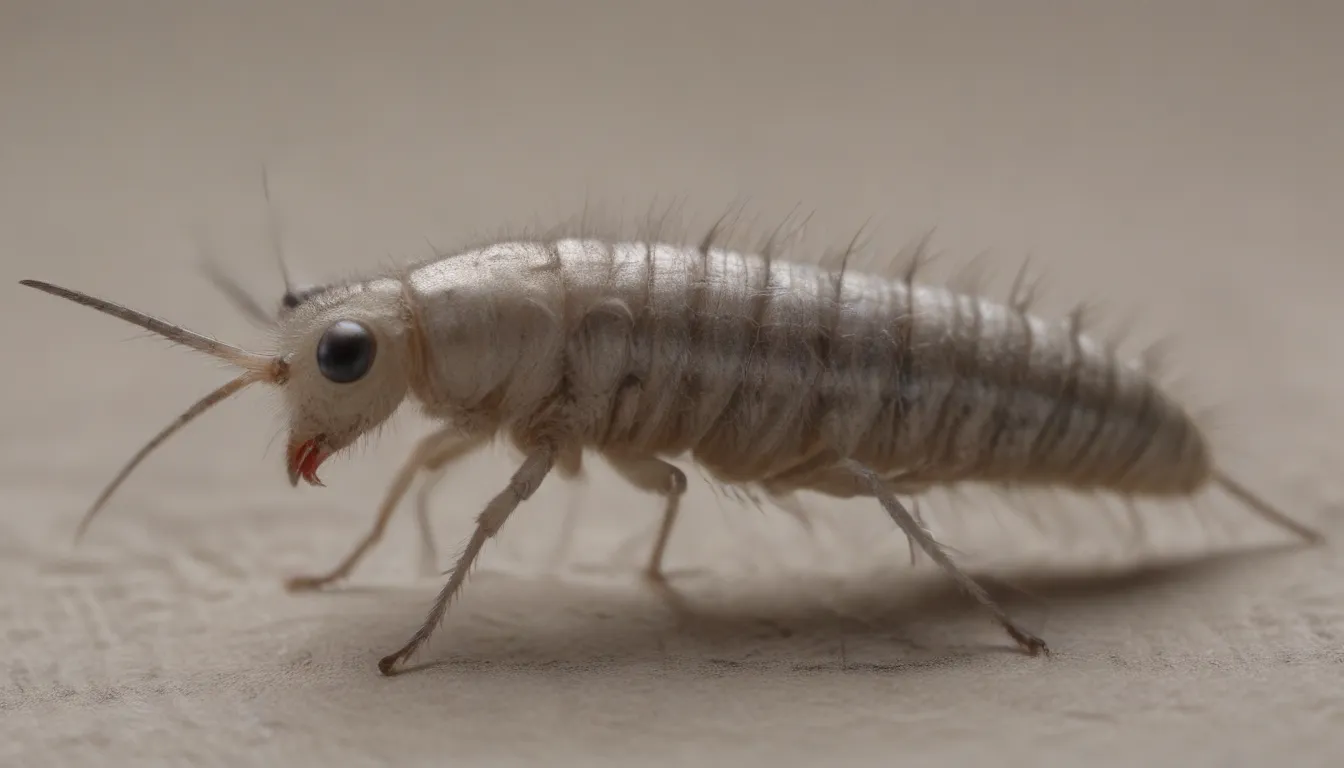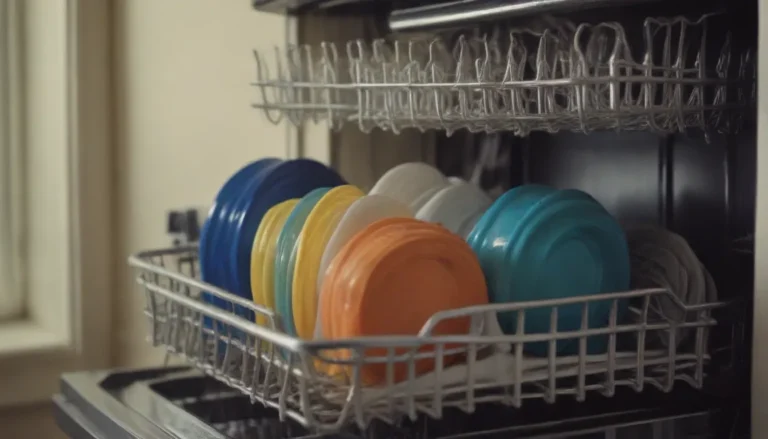Silverfish: How to Identify, Control, and Prevent Infestations

Silverfish may seem harmless at first glance, but these small insects can wreak havoc in your home if left unchecked. While they don’t bite or sting, a silverfish infestation can lead to damage of textiles, paper products, and even building materials. It’s essential to address a silverfish infestation promptly to prevent further destruction. In this comprehensive guide, we’ll cover everything you need to know about silverfish, from identifying them to controlling and preventing infestations. Let’s dive in!
What Are Silverfish?
Silverfish, scientifically known as Lepisma saccharina, are small, wingless insects that measure about 3/4-inch in length. These pests are characterized by their silvery-gray color and fish-like movements, earning them the nickname “fish moths.” With three tail-like tendrils on their rear sections, silverfish are also referred to as “bristletails.” While they may not pose a direct threat to humans, a silverfish infestation can cause significant damage to your belongings.
Signs of a Silverfish Infestation
Identifying a silverfish infestation early is crucial to prevent widespread damage. While these nocturnal insects tend to avoid bright light, there are several signs that can indicate their presence in your home. Look out for the following indicators:
- Damage to Textiles: Silverfish are known to feed on natural fibers found in clothing, rugs, upholstery, and vintage items.
- Damage to Paper Products: Silverfish may target books, paper files, and household glue.
- Allergic Reactions: In some cases, the presence of silverfish can exacerbate allergies in sensitive individuals.
If you suspect a silverfish infestation, it’s essential to take action promptly to control the situation.
How to Get Rid of Silverfish
Once you’ve confirmed a silverfish infestation in your home, it’s time to take steps to eliminate these pests. Here are six effective methods to get rid of silverfish:
1. Clean Thoroughly
- Wash all clothing, bedding, and textiles to remove any silverfish and their eggs.
- Shampoo carpets and area rugs, or use diatomaceous earth to eliminate pests.
- Vacuum upholstered furniture to remove silverfish hiding spots.
2. Sprinkle Diatomaceous Earth
- Sprinkle diatomaceous earth in areas where silverfish are frequently seen.
- The abrasive particles in diatomaceous earth will dehydrate and kill silverfish upon contact.
3. Trap Them in Glass
- Create a simple trap using a glass jar and starchy food to capture silverfish.
- Once the pests enter the jar, they will be unable to climb out.
4. Trap Them in Paper
- Roll up a newspaper, spray it with water, and place it in areas where silverfish are active.
- Silverfish will be attracted to the moist environment and can be disposed of once trapped.
5. Use Boric Acid
- Use boric acid as a pesticide to eliminate silverfish.
- Exercise caution as boric acid can be toxic to children and pets.
6. Hire an Exterminator
- If DIY methods fail to eradicate the infestation, seek professional help from an exterminator.
- Experienced professionals can effectively address severe cases of silverfish infestations.
By implementing these strategies, you can control and eliminate silverfish from your home effectively.
What Causes a Silverfish Infestation?
Understanding the factors that contribute to a silverfish infestation can help prevent future occurrences. Silverfish are attracted to moist, humid environments, making areas such as bathrooms, kitchens, and basements prime habitats for these pests. Additionally, silverfish feed on dust, grains, and cellulose-rich materials, including paper products and fabric fibers. To reduce the likelihood of a silverfish infestation, address moisture issues, maintain cleanliness, and eliminate potential food sources for these insects.
How to Prevent Silverfish Infestation
Taking proactive measures to prevent silverfish infestations is key to protecting your home and belongings. Here are some effective strategies to keep silverfish at bay:
1. Reduce Moisture
- Ensure proper ventilation in bathrooms and other humid areas.
- Use a dehumidifier to control moisture levels.
- Place silica gel packets in drawers to absorb excess moisture.
2. Remove Dust
- Regularly dust and vacuum to eliminate potential food sources for silverfish.
- Sweep and mop wood floors with an oil-based soap.
3. Cut Back on Clutter
- Dispose of cardboard boxes and old, unused items that may attract silverfish.
- Keep storage areas organized to reduce hiding spots for pests.
4. Seal Grain Products
- Store grains, cereals, and flour in airtight containers to prevent silverfish infestations.
- Clean up food spills promptly to eliminate potential food sources.
5. Caulk
- Seal gaps and cracks in window frames and walls to prevent silverfish from entering.
- Use caulk to seal openings in attics and other potential entry points for pests.
6. Apply Essential Oils
- Create a cedarwood spray using essential oils to deter silverfish.
- Use bay leaves in muslin bags to repel these pests from drawers and closets.
By incorporating these preventive measures into your household routine, you can create an environment that is less hospitable to silverfish.
In conclusion, while silverfish may not pose a direct threat to humans, an infestation can lead to significant damage to your belongings. By identifying the signs of a silverfish infestation, taking proactive steps to control and eliminate these pests, and implementing preventive measures, you can protect your home from the detrimental effects of these insects. Remember, early intervention is key to effectively managing a silverfish infestation and safeguarding your living environment.
For more information on silverfish infestations and pest control strategies, consult reputable sources such as the Environmental Protection Agency (EPA) and academic research studies on pest management. With diligence and persistence, you can successfully rid your home of silverfish and create a pest-free living environment for you and your family.
Sources:
– Protein Pept Lett. Bristletails (Silverfish and Firebrats). Penn State Extension.
– US EPA.





